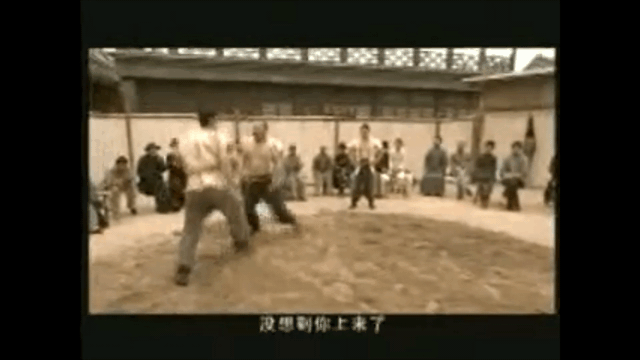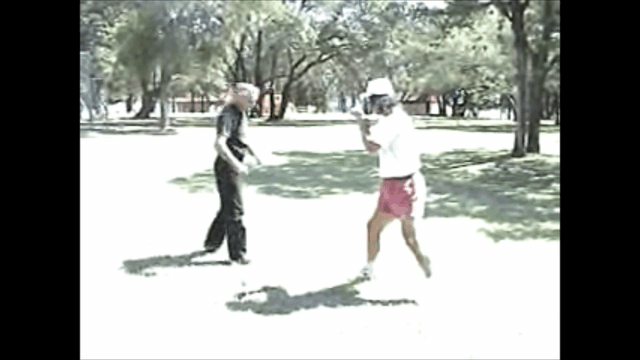Could someone possibly offer some suggestions on the best exercises to increase mobility and leg stength to do the double leg takedown.
In particular, the move where you fall to one knee.
So for the double-leg takedown, you start in a horse stance/surfer squat stance. You then fall to one knee for the front knee to the ground. You swing around the rear leg to behind the other person's leg and bring them down.
I have great trouble falling to one knee from a surfer stance. I just don't seem to have the leg strength to do this manoeuvre. But I also don't know the best exercise to develop the needed strength in the first place.
Any suggestions on the best exercise to build up the strength to fall to one knee gracefully and controlled?
This is the movement I am meaning. Notice the falling to one knee part. You need strength to be able to do that movement. And I am not sure what muscles to work on to do this.
In particular, the move where you fall to one knee.
So for the double-leg takedown, you start in a horse stance/surfer squat stance. You then fall to one knee for the front knee to the ground. You swing around the rear leg to behind the other person's leg and bring them down.
I have great trouble falling to one knee from a surfer stance. I just don't seem to have the leg strength to do this manoeuvre. But I also don't know the best exercise to develop the needed strength in the first place.
Any suggestions on the best exercise to build up the strength to fall to one knee gracefully and controlled?
This is the movement I am meaning. Notice the falling to one knee part. You need strength to be able to do that movement. And I am not sure what muscles to work on to do this.
Last edited:


